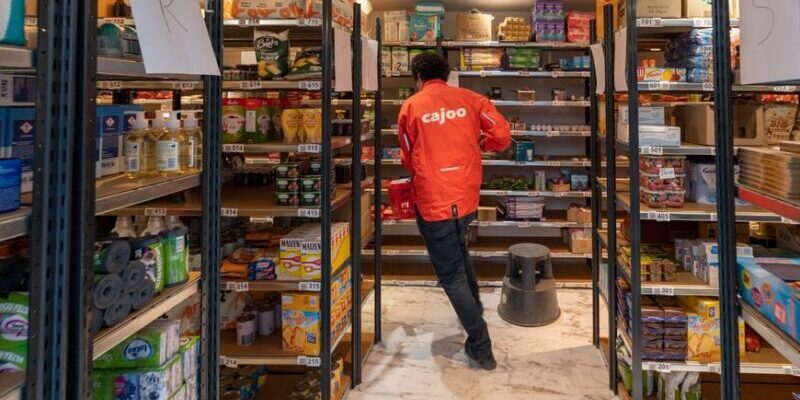Dark Stores: The Future of Grocery Shopping?

How these virtual warehouses are changing the way we get our food.
In recent years, a trend in the retail industry has been growing: the rise of the dark store. Dark stores are essentially warehouses that are used to fulfill online orders. They do not have a storefront and are not open to the public. Instead, they are staffed by a small team of employees who prepare and package orders for delivery.
Dark stores are becoming increasingly popular as they offer several benefits for retailers and consumers. For retailers, dark stores can help to reduce costs and improve efficiency. They can also help expand their reach and offer their customers a more comprehensive selection of products. For consumers, dark stores can provide faster delivery times and a more comprehensive selection of products than traditional grocery stores.
What are Dark Stores?
Dark stores are a type of micro-fulfillment center that is designed specifically for online orders. They are typically located in dense urban areas, close to where customers live and work. This allows them to offer fast delivery times, often within 30 minutes or less.
Dark stores are typically much smaller than traditional grocery stores. They only sell a limited selection of products, natural food, and household items. This allows them to operate with a smaller staff and lower overhead costs.
The Benefits of Using Dark Stores for Last Mile Delivery
There are many benefits to using dark stores for last-mile delivery.
- Faster delivery times: Dark stores are located close to customers, which allows them to offer shorter delivery times. This is a significant advantage over traditional grocery stores, which can often take hours or even days to deliver orders.
- A more comprehensive selection of products: Dark stores typically sell a wider selection than traditional grocery stores. This is because the space constraints of a physical storefront do not limit them.
- Lower costs: Dark stores have lower operating prices than traditional grocery stores. This is because they have a smaller staff, lower rent, and lower utility costs.
The History of Dark Stores
The concept of the dark store is not new. The first dark stores were opened in the early 2000s by online retailers such as Amazon and eBay. However, it wasn’t until the 2010s that dark stores began to gain popularity. This was due to the rise of online shopping and the increasing demand for same-day delivery.
In recent years, there has been a boom in the number of dark stores. This is due to venture capital firms’ investment and online grocery retailers’ growth.
The new retail landscape
Dark stores are a new and innovative way to fulfill online orders. They offer many benefits for retailers and consumers, including faster delivery times, a more comprehensive selection of products, and lower costs. As the demand for online shopping grows, dark stores will likely become even more popular.
Here are some additional details about dark stores:
- Dark stores are often located in areas with high concentrations of potential customers, such as near apartment complexes or business districts.
- Dark stores typically use various technologies, such as automated picking systems and robotics, to improve efficiency.
- Dark stores are often operated by third-party companies that partner with retailers to provide fulfillment services.
The rise of dark stores is a sign of the changing retail landscape. As more and more consumers shop online, retailers look for ways to meet the demand for fast and convenient delivery. Dark stores offer a solution to help retailers compete in the online marketplace.